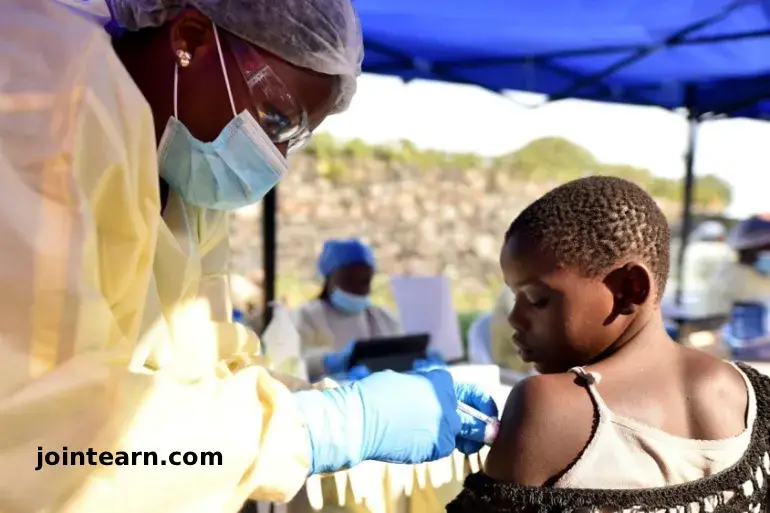
Democratic Republic of the Congo Nears End of Its 16th Ebola Outbreak
The Democratic Republic of the Congo (DRC) has discharged its last Ebola patient, marking a critical milestone in the nation’s ongoing battle against the deadly virus.
According to the World Health Organization (WHO), the patient—treated at a health facility in Kasai province—was the 19th to recover out of 64 total infections recorded since the outbreak was declared on September 4, 2025.
The patient’s recovery officially begins a 42-day countdown before health authorities can declare the DRC’s 16th Ebola outbreak over, provided no new infections emerge.
“This is a remarkable achievement,” said Dr Mohamed Janabi, WHO’s Regional Director for Africa. “The country’s strong response, in collaboration with WHO and global partners, has been pivotal in saving lives and containing the spread.”
How the DRC Contained the Outbreak
The outbreak was first detected in the Bulape and Mweka areas of Kasai province in southwestern DRC. Health officials confirmed 53 cases and identified 11 probable cases, resulting in 45 deaths.
Typical Ebola symptoms—fever, vomiting, diarrhoea, and haemorrhaging—were reported in all confirmed patients. Despite the virus’s lethality, early detection and rapid isolation helped curb its spread.
The WHO and local health authorities responded by:
- Establishing a 32-bed Ebola treatment centre in Bulape—the first of its kind outside a simulation exercise in the province.
- Deploying rapid response teams to remote regions.
- Conducting mass vaccinations, reaching more than 35,000 people in affected areas.
No new Ebola cases have been reported since September 25, signalling that containment efforts have been successful so far.
Challenges in Remote Kasai
Kasai province’s remote location initially complicated the response due to limited infrastructure and poor road access. Ironically, those same logistical barriers may have helped prevent wider transmission, as the virus struggled to reach larger urban populations.
“Geographic isolation worked in our favour,” said a WHO field coordinator in Kasai. “But without local resilience and community cooperation, this success would not have been possible.”
A Look Back: Ebola’s Devastating Legacy
Ebola virus disease (EVD), first identified in 1976 in what is now the DRC, remains one of the world’s most lethal infectious diseases. Without timely treatment, it can claim up to 90 percent of infected patients, according to the US Centers for Disease Control and Prevention (CDC).
The largest-ever Ebola outbreak occurred between 2014 and 2016 in West Africa, infecting more than 28,600 people and killing 11,325. The epidemic spread beyond Africa to Europe and the United States, prompting international alarm and accelerating vaccine development.
The DRC’s previous outbreak in 2022 was contained after only one confirmed case—proof that years of public health investments have strengthened the nation’s preparedness.
Next Steps: The 42-Day Countdown
The WHO will continue monitoring the situation for 42 days, equivalent to two incubation periods of the virus, before officially declaring the outbreak over. Health surveillance teams remain on high alert across Kasai and neighbouring provinces.
The DRC’s progress represents a significant success story for African health systems, showcasing how rapid response, vaccination campaigns, and global coordination can effectively stop an outbreak.
“This is not just a victory for the DRC—it’s a victory for the entire region,” said Dr Janabi. “But vigilance must remain high to prevent resurgence.”
Leave a Reply